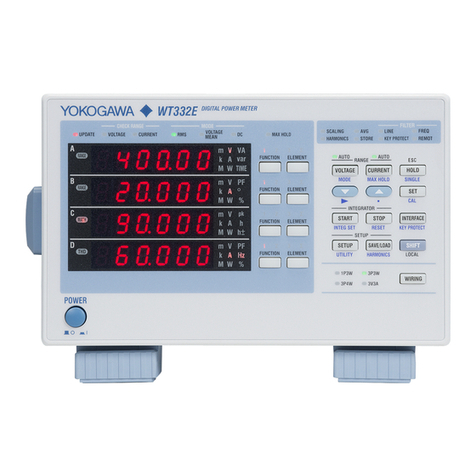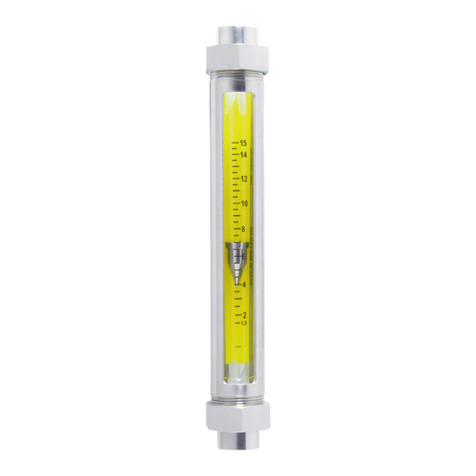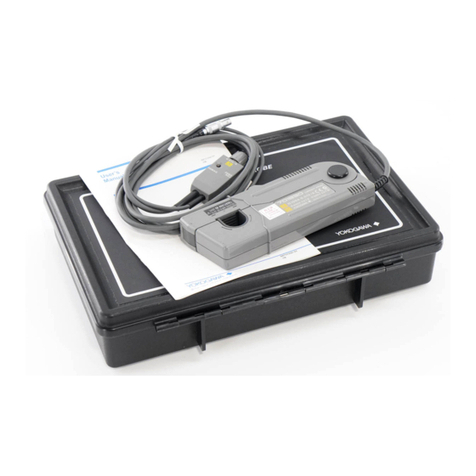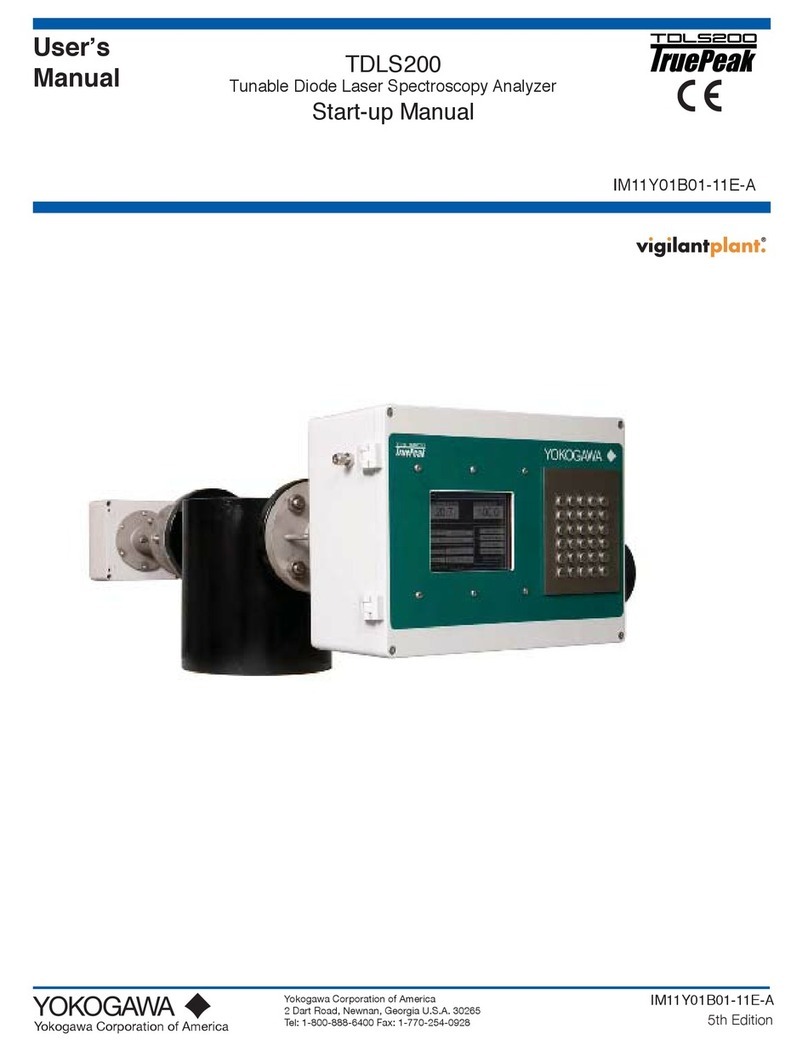YOKOGAWA VY Series User manual
Other YOKOGAWA Measuring Instrument manuals
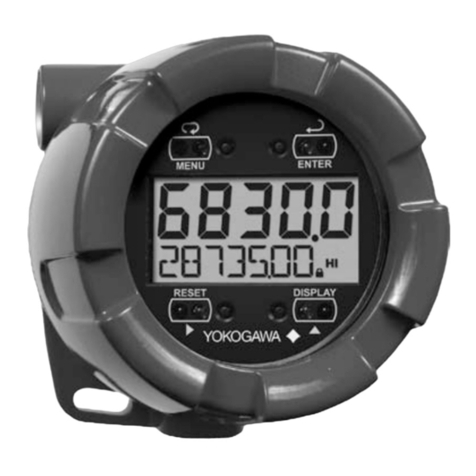
YOKOGAWA
YOKOGAWA YPP6830 User manual
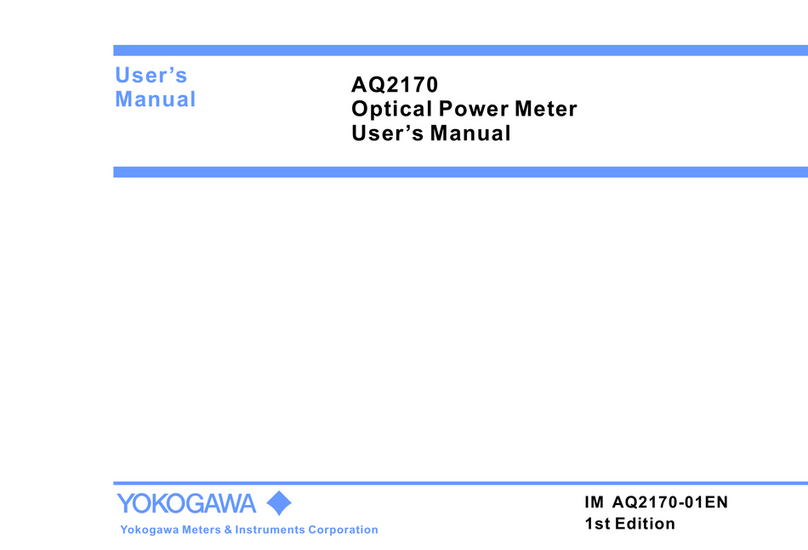
YOKOGAWA
YOKOGAWA AQ2170 User manual
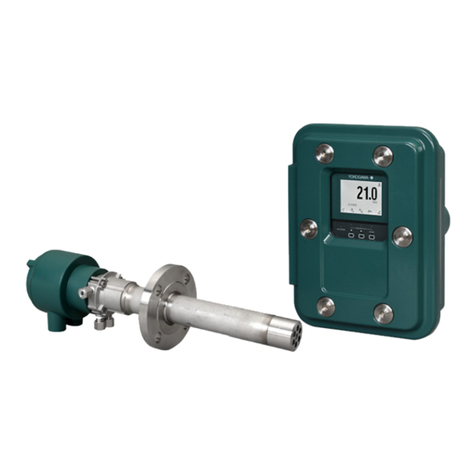
YOKOGAWA
YOKOGAWA ZR802S User manual
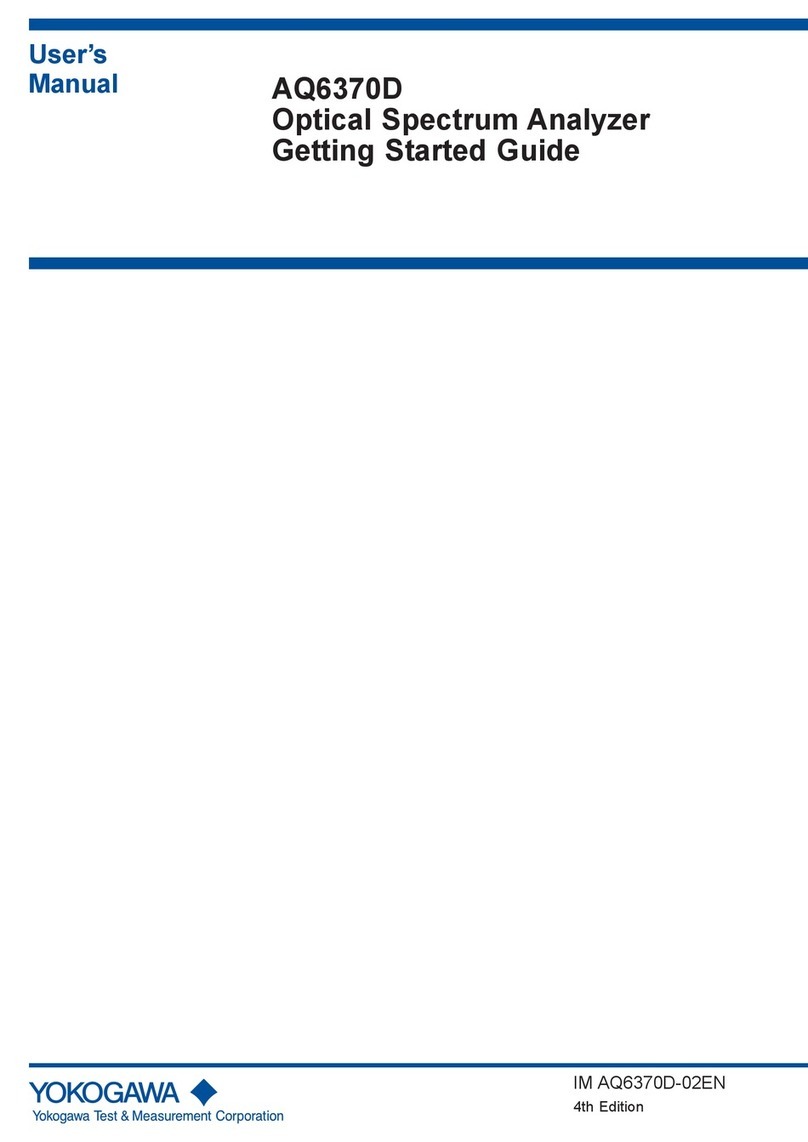
YOKOGAWA
YOKOGAWA AQ6370D User manual
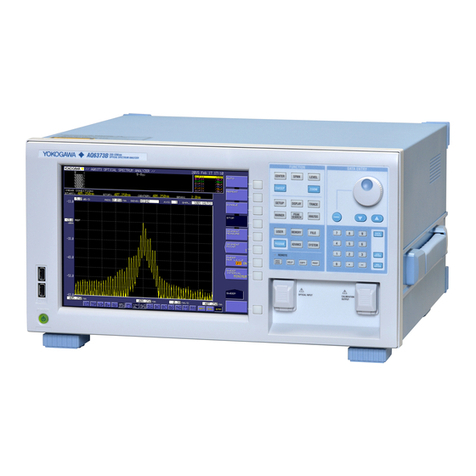
YOKOGAWA
YOKOGAWA AQ6370C User manual
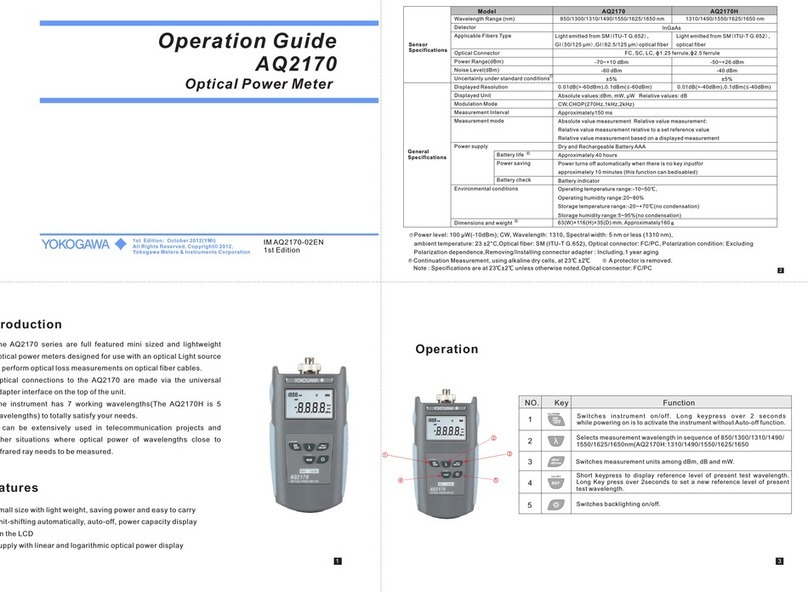
YOKOGAWA
YOKOGAWA AQ2170 User manual
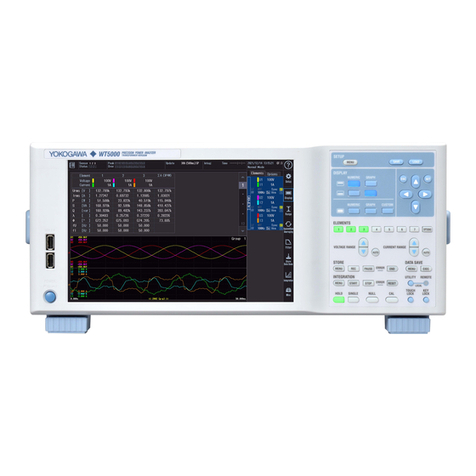
YOKOGAWA
YOKOGAWA WT5000 User manual

YOKOGAWA
YOKOGAWA Versadec ACROMARK 530-20SP User manual
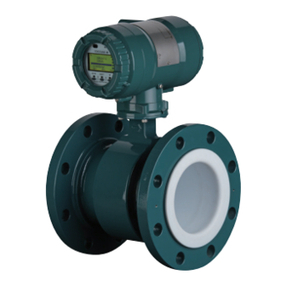
YOKOGAWA
YOKOGAWA ADMAG TI Series User manual
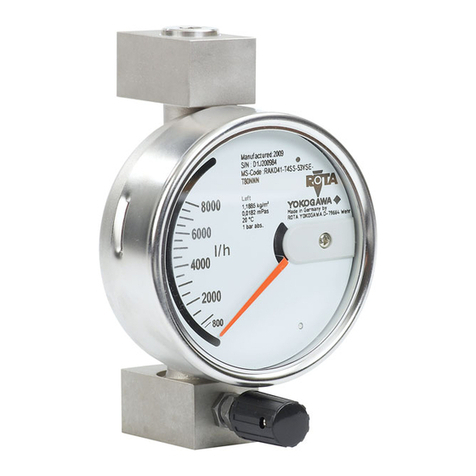
YOKOGAWA
YOKOGAWA ROTAMETER RAKD User manual
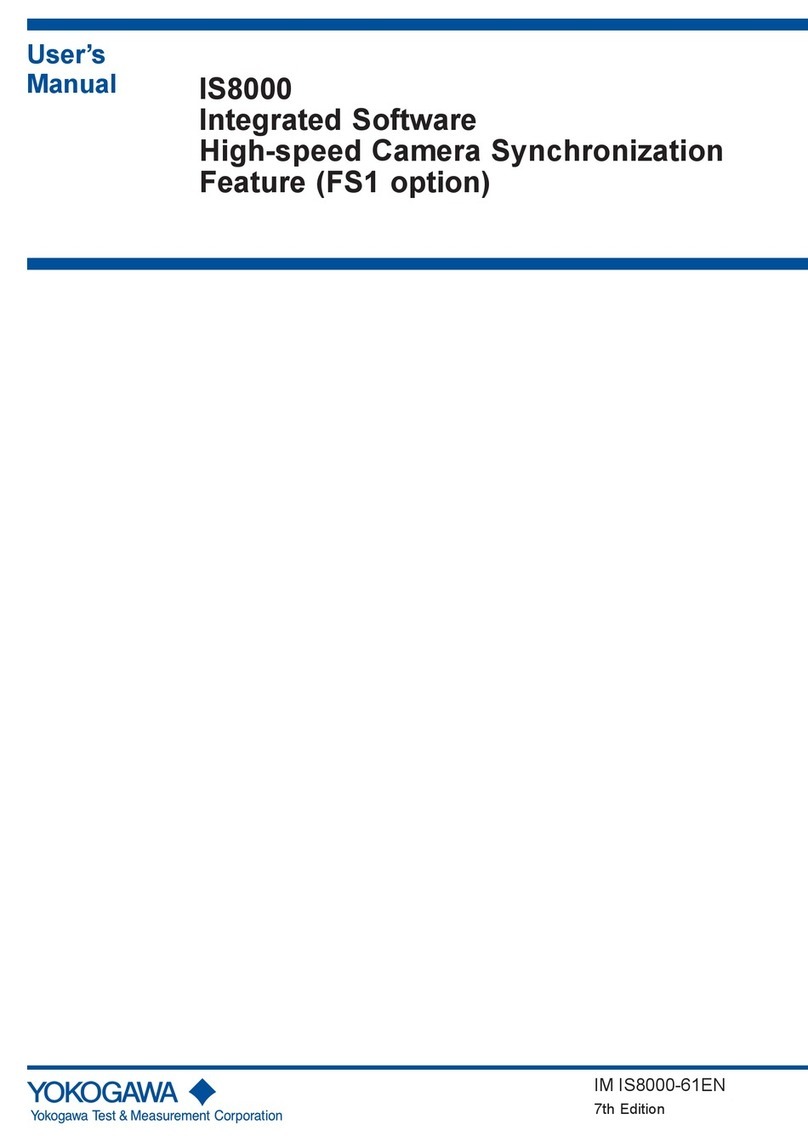
YOKOGAWA
YOKOGAWA IS8000 User manual
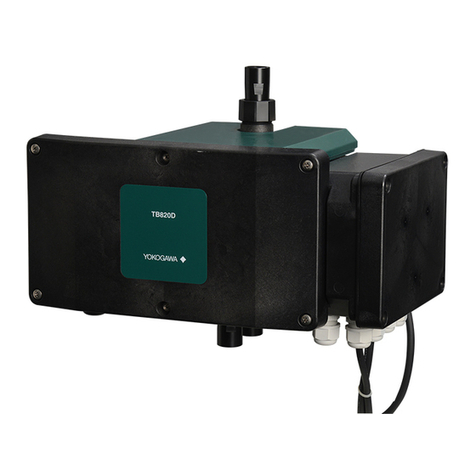
YOKOGAWA
YOKOGAWA TB820D User manual
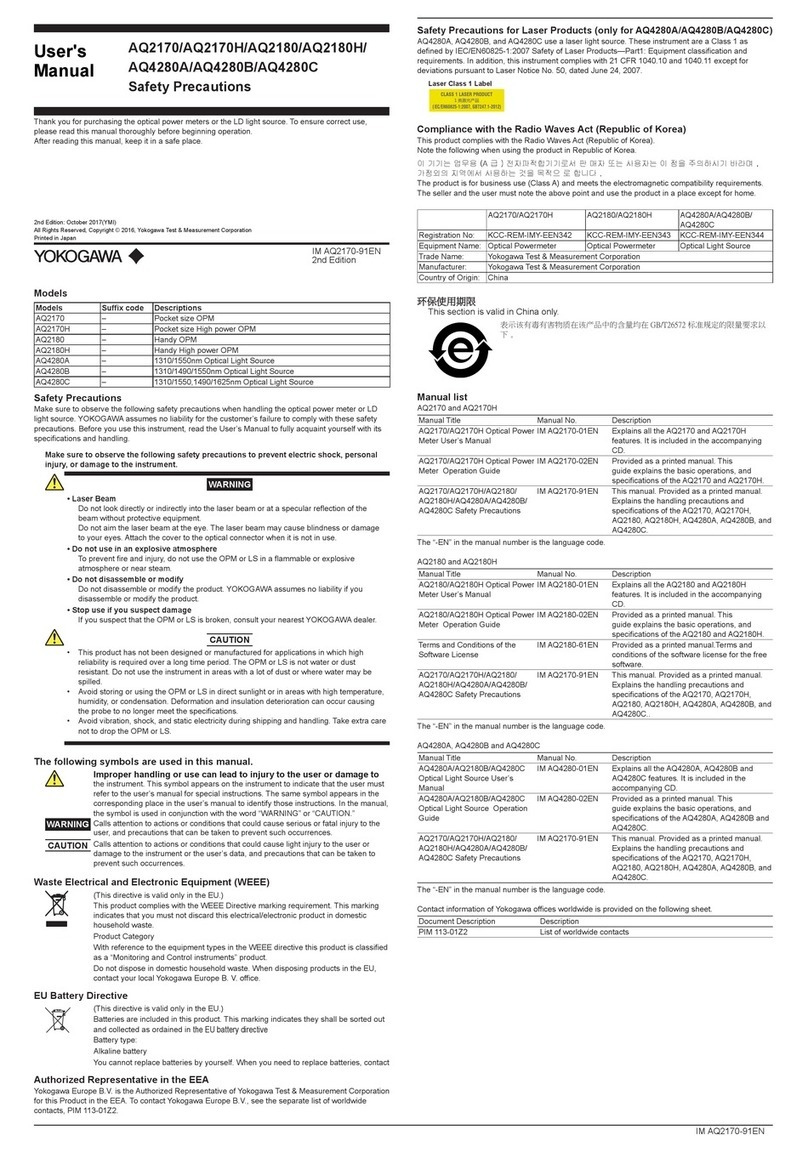
YOKOGAWA
YOKOGAWA AQ2170 User manual
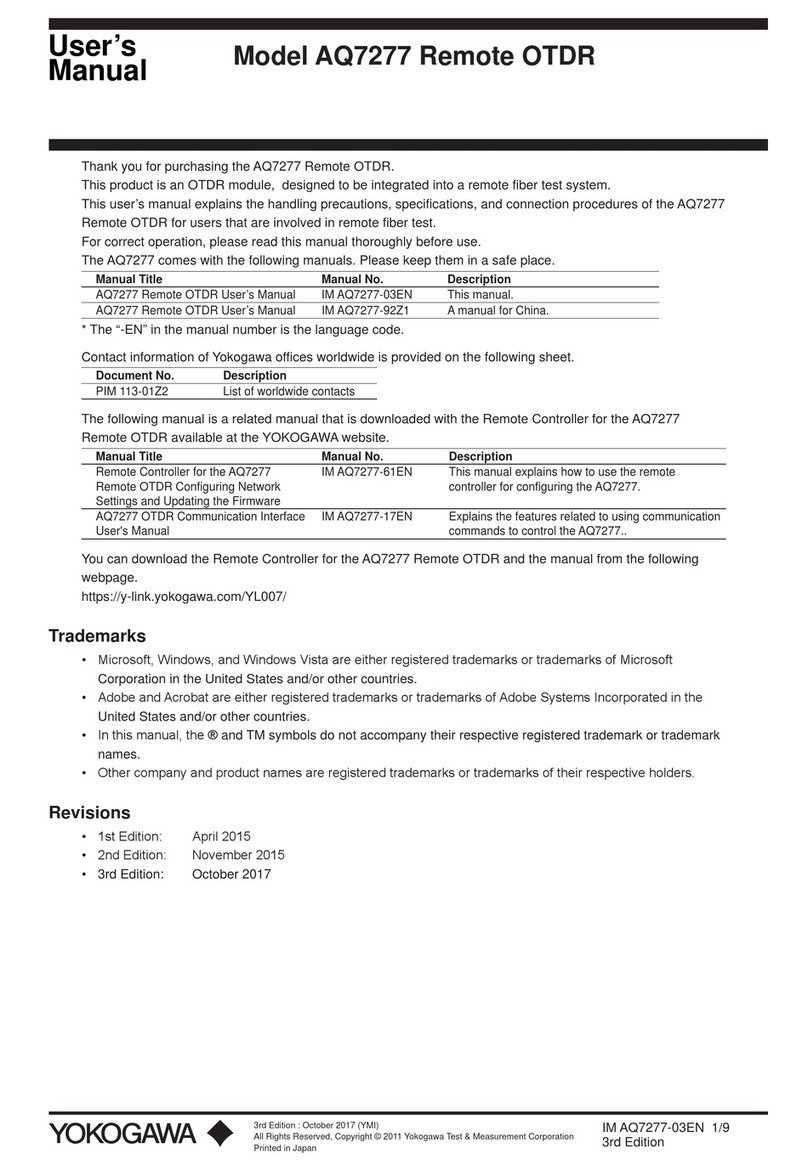
YOKOGAWA
YOKOGAWA AQ7277 User manual

YOKOGAWA
YOKOGAWA PX8000 User manual
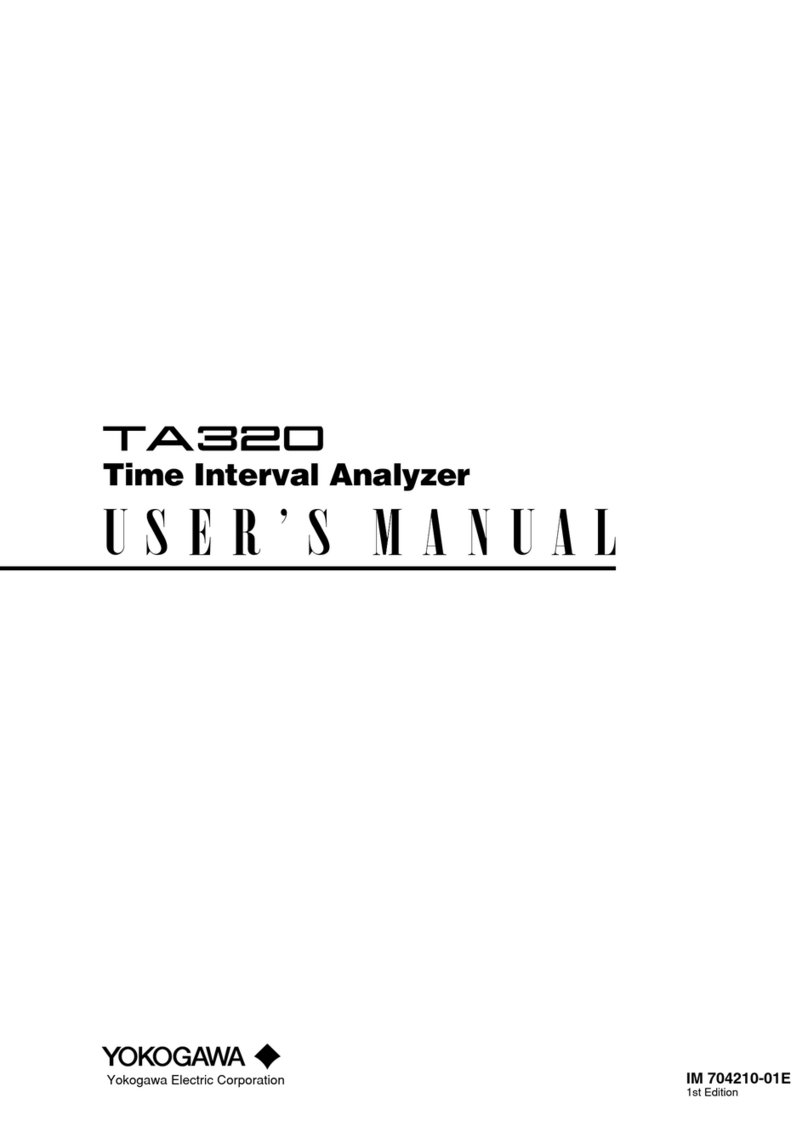
YOKOGAWA
YOKOGAWA TA320 User manual
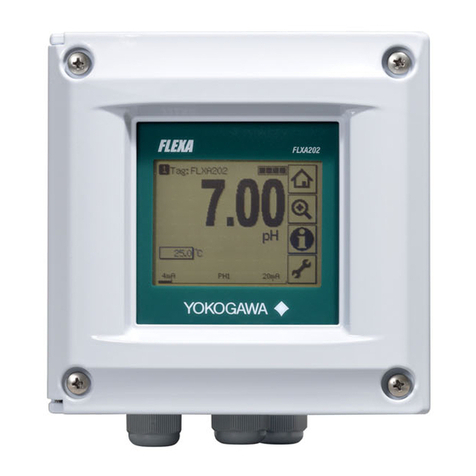
YOKOGAWA
YOKOGAWA FLXA202 User manual
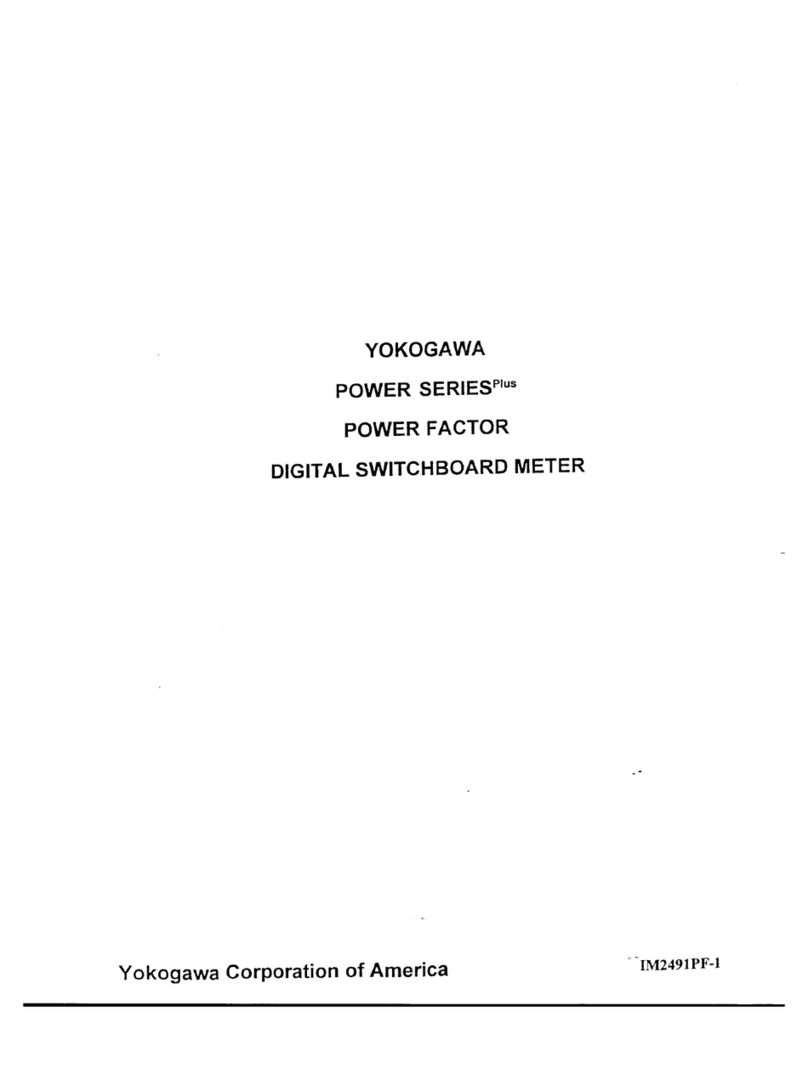
YOKOGAWA
YOKOGAWA Power Series Plus User manual
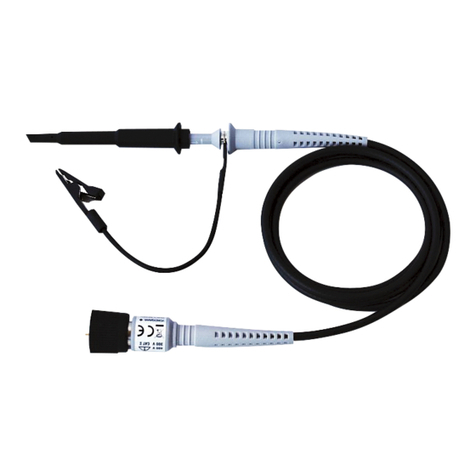
YOKOGAWA
YOKOGAWA 701946 User manual

YOKOGAWA
YOKOGAWA wt3000 User manual
Popular Measuring Instrument manuals by other brands

Powerfix Profi
Powerfix Profi 278296 Operation and safety notes

Test Equipment Depot
Test Equipment Depot GVT-427B user manual

Fieldpiece
Fieldpiece ACH Operator's manual

FLYSURFER
FLYSURFER VIRON3 user manual

GMW
GMW TG uni 1 operating manual

Downeaster
Downeaster Wind & Weather Medallion Series instruction manual

Hanna Instruments
Hanna Instruments HI96725C instruction manual

Nokeval
Nokeval KMR260 quick guide

HOKUYO AUTOMATIC
HOKUYO AUTOMATIC UBG-05LN instruction manual

Fluke
Fluke 96000 Series Operator's manual

Test Products International
Test Products International SP565 user manual

General Sleep
General Sleep Zmachine Insight+ DT-200 Service manual
